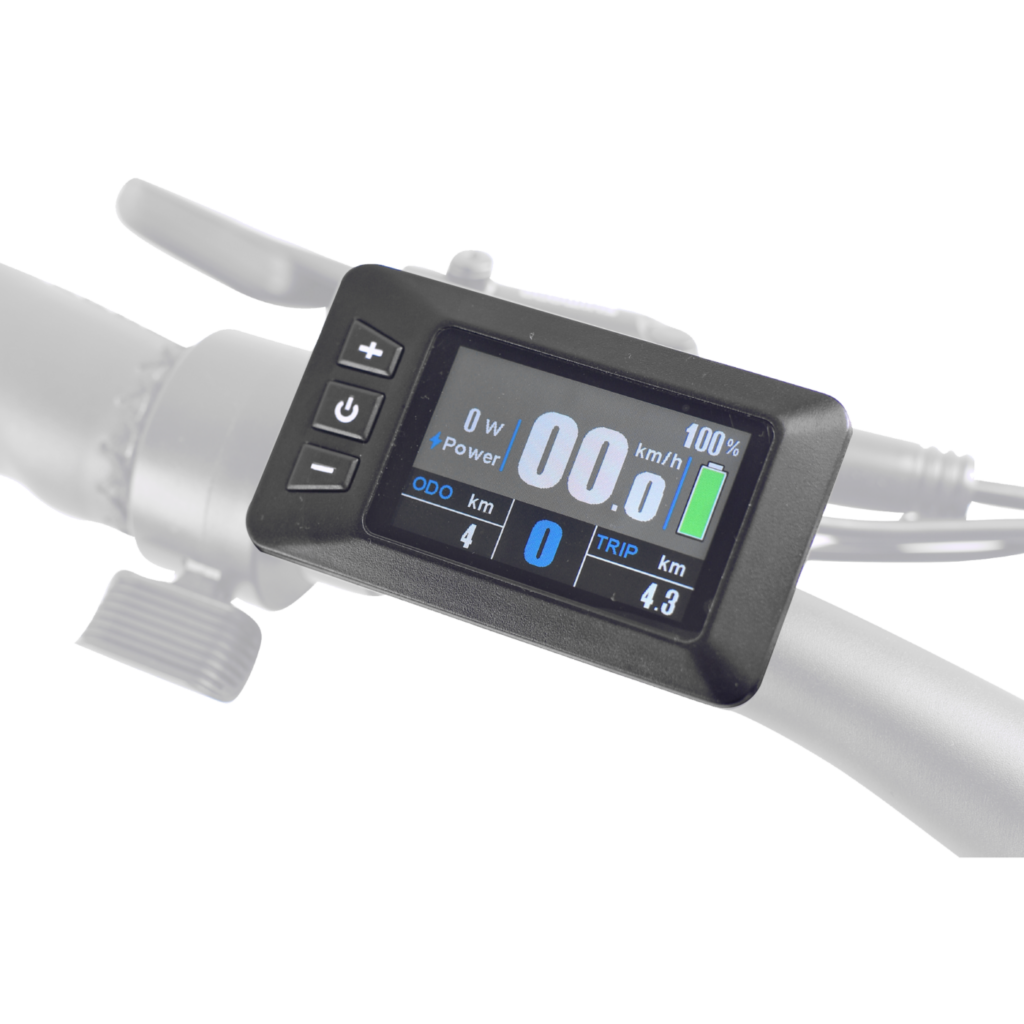Navigating the console of an electric bike (e-bike) doesn’t need to be daunting. I understand the importance of getting familiar with your e-bike’s dashboard, as it’s crucial for a safe and enjoyable riding experience. Whether you’re a commuter or a recreational rider, grasping how to read and use your e-bike display will empower you in many ways.
Most e-bike consoles are designed to show core information at a glance. Speed, battery status, and assist level are typically front and center, helping you make quick decisions on the move. It’s a bit like the dashboard in a car but tailored to the needs of a cyclist.
Displays typically come in two main types: LCD and LED. LCD screens offer a detailed readout under various lighting conditions, making them a popular choice. They often provide a richer set of data, such as trip distance and estimated range. LED displays, however, tend to be simpler with bright lights that are easily visible in direct sunlight but may offer less detailed information.
Real-time data is the lifeblood of e-bike displays. With current speed, you can pace yourself and abide by local speed limits. Battery life indicators keep you informed, preventing you from getting stranded with a dead battery. The assistance level feature lets you control how much help the motor gives you. By reading these indicators correctly, you can efficiently manage your ride.
Every rider values an intuitive, easily navigable display. It shouldn’t take a series of complex maneuvers to check your speed or change assistance levels. Simplicity in design and operation can greatly enhance your riding experience, keeping your focus on the road and the enjoyment of your ride rather than fiddling with the console.
Now, having laid the groundwork for understanding your e-bike console, let’s move on to practical ways of interacting with your console. I’ll share tips on customizing display settings, extending your battery’s life, tackling different terrains with ease, and resolving display issues should they arise.
Mastering Your E-Bike’s Console: Tips and Tricks for Efficient Use
I understand that getting the most out of your electric bike means being familiar with the nerve center: the console or dashboard. It’s not just about flicking through settings; it’s about using that information to enhance your ride. Paying attention to the display allows you to customize and optimize every journey.
Visibility can often be a challenge, especially in varying lighting conditions. Fortunately, most e-bike displays let you adjust the brightness and contrast. Take a moment to tweak these settings so you can always glance down and know exactly what’s happening, without squinting or guessing.
The battery is the heart of your electric bike, and the display is your window into its health. A swiftly depleting battery gauge might indicate it’s time to ease off on the assist level or to plan a more efficient route. It’s crucial to understand these signals to AVOID BEING STRANDED with a depleted battery.
Speaking of assist levels, mastering their use is another critical aspect. A lower setting might suffice for flat terrains, prolonging your battery’s charge, while hills might call for a higher level. Learning to adjust this on the go means a smoother ride and less wear on your system over time.
But what if the display acts up? Flickering screens, frozen readouts, or unresponsive controls shouldn’t ruin your day. Many issues can be resolved with a simple reset or calibration. Keep your e-bike’s manual handy, it often holds the key to solving these puzzles.
Last but not least, displays are not just about the present; they help you plan the future. Mileage trackers inform you when to schedule maintenance, and ride history can inspire you to beat your personal best. It’s about using data to foster a long-lasting relationship with your e-bike.
Advanced Features and Connectivity: Enhancing Your E-Bike’s Potential
Once you’re comfortable with the basics of your e-bike’s console, you can tap into a world of advanced features that can really enrich your riding experience. For example, many modern displays come with GPS navigation, letting you explore without the fear of getting lost. This capability also means you can track your rides, set waypoints for your favorite spots, and even discover new routes.
The connectivity doesn’t stop with GPS. Some consoles allow syncing your e-bike display with your smartphone to open up a suite of functionalities. Imagine adjusting ride settings from your phone or receiving notifications about your bike’s performance. Some apps will even allow you to compete with other riders, adding a fun, competitive edge to your daily commute or leisure rides.
Staying up to date with the latest firmware is crucial. These updates often enhance features, improve display functionality, and fix bugs. It’s a simple step that keeps your e-bike at peak performance.
Security is another aspect where modern e-bike displays excel. With built-in features like GPS tracking, you can quickly locate your bike if it’s moved without your permission, providing an added layer of deterrence against theft.
Finally, it’s exciting to think about what’s on the horizon for e-bike technology. With advancements in display integration and smart technology, future consoles will offer even more personalized ride data, immersive navigation experiences, and intuitive security measures, making the connection between rider and bike seamless.

